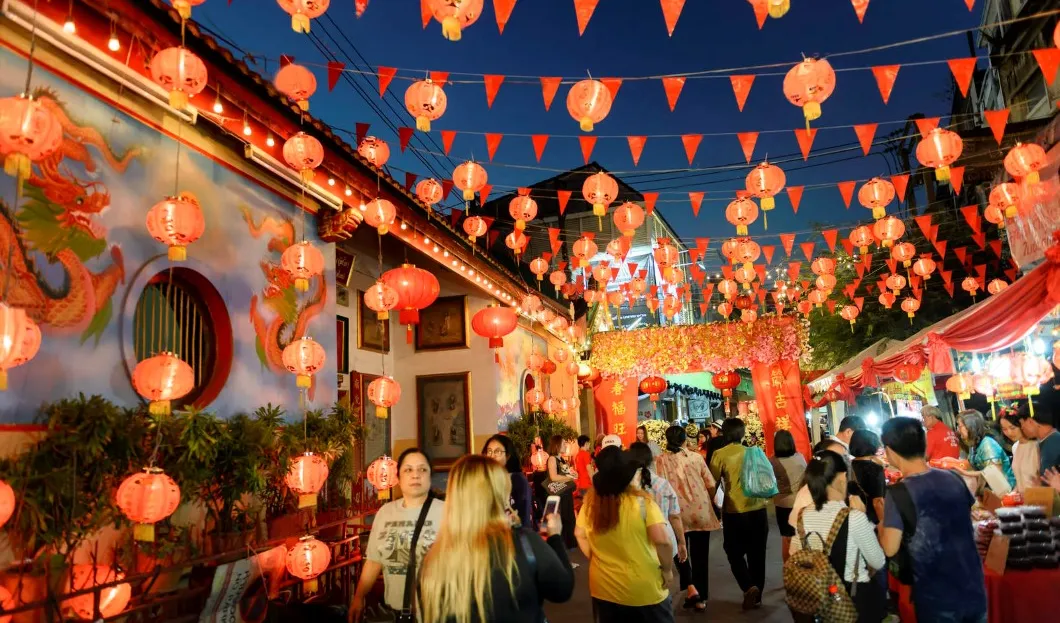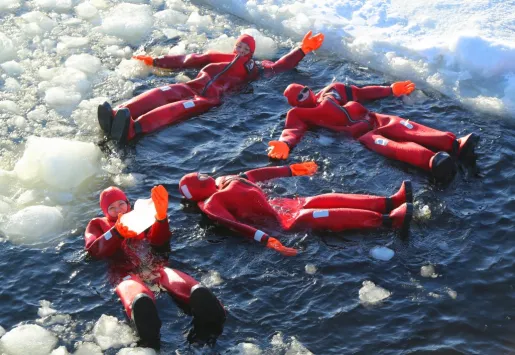
Chinese people are preparing for the upcoming Spring Festival or the Chinese New Year. It is expected that many will be on the move, as the current economic trend favors travelling. According to Ctrip, a Chinese travel agency, approximately 6.5 million Chinese tourists are going to travel abroad during the holidays.
The luxury high-cost destinations are becoming popular among Chinese tourists. Some of the top expensive destinations gaining momentum are Brazil, Mexico, New Zealand or Antarctica.
As mentioned, these destinations are costly. On average, families will spend almost $16,000 (100 thousand yuan) in these countries. Antarctica is the most expensive destination (160 thousand yuan per person).
According to experts, Chinese tourists are interested in more varied experiences abroad when traveling during the Spring Festival. They order personalized travel programs that has resulted in a rise of bookings to unusual and exotic destinations.
The main reason for this higher interest in travel and bigger spending power is the development of the Chinese currency. Since the beginning of the year it has been on a great rise and recent data suggest that one dollar is equal to 6.32 yuan.
Travel platform Fliggy has reported a rise in overseas tourism bookings. As a result of a stronger yuan, companies like Fliggy will have to invest less in inputs and can compensate it with lower prices for trips.
Moreover, ForwardKeys have gathered data about airports during the Spring Festival and how busier they will be at the end of the festival, when tourists will depart back to China. Airports with the identical destination will be busier by 25.2% percent, while transfer airports by 5.7%.
Destinations like Sapporo, Dubai, Osaka are expecting an increase of one-third in terms of travelers at the end of the festival. Meanwhile, Los Angeles, for example, is expecting 22.1% increase.
Among transfer airports, Chicago is expecting a 57.4% increase during the New Year. Airports in Frankfurt, Kuala Lumpur and Moscow are also expecting more Chinese tourists, while Singapore, Jakarta and Bangkok will likely suffer falls.
















